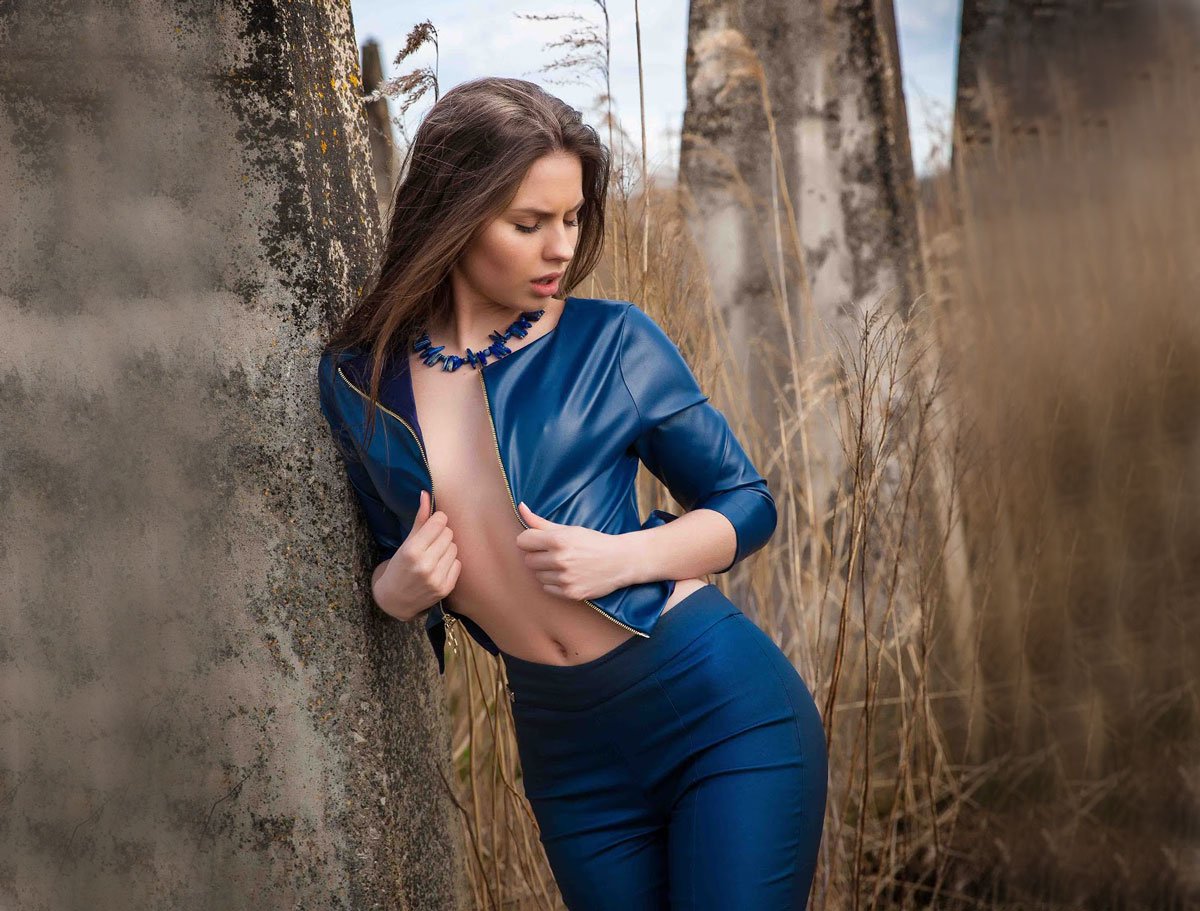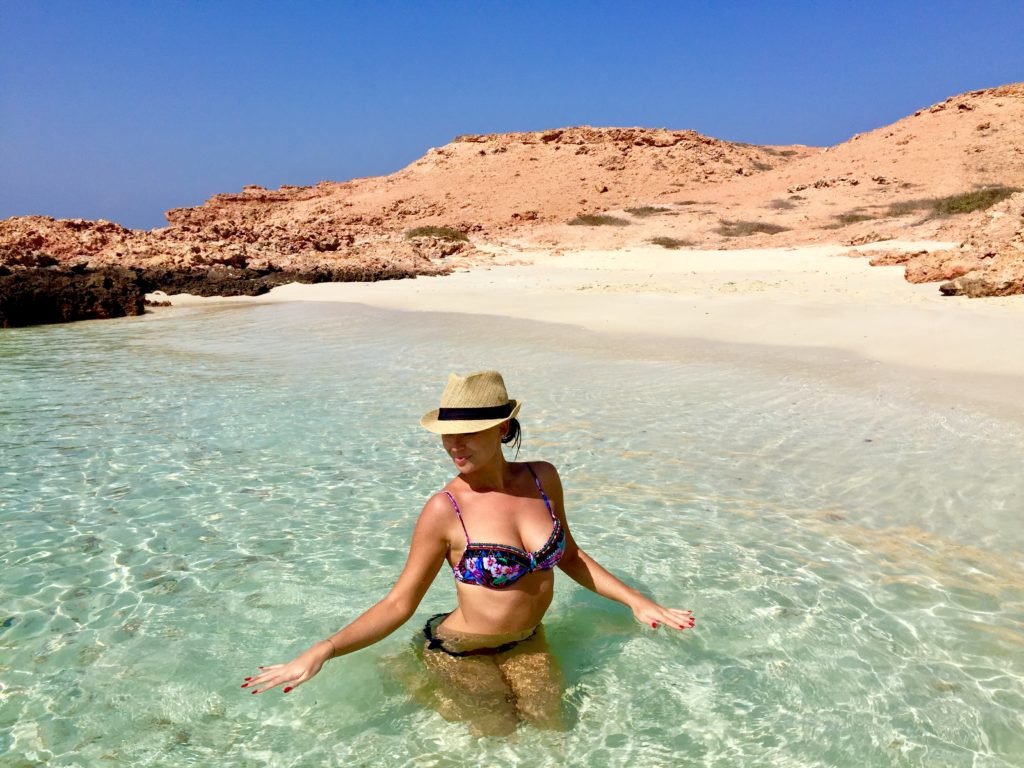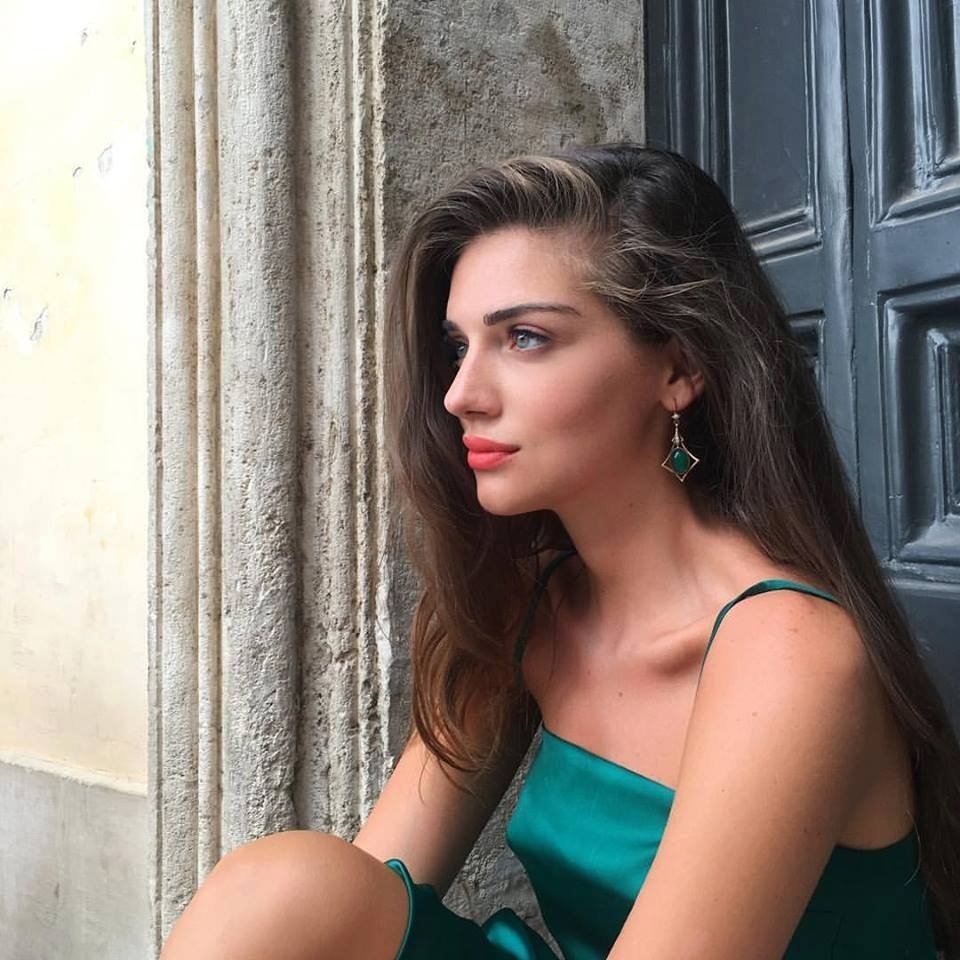Serbia, a country located at the crossroads of Central and Southeast Europe, is a hidden gem waiting to be explored. Despite its turbulent history, Serbia is brimming with natural beauty, historic landmarks, and vibrant culture. Whether you’re an adventurer, history buff, or city lover, Serbia offers a diverse range of experiences that make it an ideal destination for any traveler. From the lively streets of Belgrade to the peaceful landscapes of the countryside, here’s a comprehensive guide to exploring Serbia.
1. Belgrade: A City That Never Sleeps
Belgrade, the capital of Serbia, is one of Europe’s oldest cities, with a history that spans more than 7,000 years. It’s also known as one of the liveliest cities in the Balkans, offering a dynamic mix of old-world charm and modern energy.
Kalemegdan Fortress
At the confluence of the Sava and Danube rivers lies Kalemegdan Fortress, a symbol of Belgrade’s long and storied past. This massive fortress, originally built by the Romans, has witnessed centuries of conflict and change. Today, it’s a peaceful park and popular tourist destination, offering panoramic views of the rivers and the city. Within the fortress, you’ll find museums, ancient ruins, and the Belgrade Zoo, making it a great spot for both history lovers and families.
Skadarlija
Often referred to as the “Bohemian Quarter,” Skadarlija is a cobbled street lined with traditional Serbian restaurants, art galleries, and vibrant cafés. This charming neighborhood is a hub for artists and musicians, offering a glimpse into Belgrade’s bohemian past. It’s the perfect place to enjoy live Serbian folk music while savoring local dishes like ćevapi (grilled minced meat) and pljeskavica (Serbian-style burger).
Nightlife
Belgrade is famous for its nightlife, often considered one of the best in Europe. Whether you’re looking for trendy clubs, floating river bars (called splavovi), or live music venues, Belgrade offers something for everyone. The city’s clubs stay open until dawn, and the lively atmosphere makes it a top destination for party-goers. Floating clubs on the Sava River, such as Freestyler or 20/44, are some of the most popular venues for both locals and tourists.
2. Historical Landmarks and Medieval Monasteries
Serbia is home to an impressive array of historical and cultural landmarks, many of which are UNESCO World Heritage Sites. The country’s medieval monasteries, in particular, offer a glimpse into Serbia’s spiritual and architectural heritage.
Studenica Monastery
One of Serbia’s most important monasteries, Studenica Monastery, is a UNESCO World Heritage Site known for its stunning Byzantine-style frescoes and medieval architecture. Founded in the 12th century by the first Serbian king, Stefan Nemanja, this monastery is a pilgrimage site and a masterpiece of medieval Serbian art. The tranquil setting, surrounded by the green hills of central Serbia, makes it a serene retreat from the hustle and bustle of city life.
Đavolja Varoš (Devil’s Town)
Located in southern Serbia, Đavolja Varoš is one of the country’s most unique natural wonders. This eerie landscape consists of over 200 stone formations that resemble ancient towers or chimneys. Legends and folklore surround the area, giving it a mystical quality. Đavolja Varoš has been nominated as a potential UNESCO World Heritage Site and is a must-see for nature lovers and those intrigued by Serbia’s mysterious side.
Novi Sad and Petrovaradin Fortress
Novi Sad, Serbia’s second-largest city, is a cultural and artistic hub. Located on the banks of the Danube, Novi Sad has a laid-back charm that contrasts with the frenetic pace of Belgrade. The city’s most iconic landmark is Petrovaradin Fortress, a massive 17th-century fortification that offers stunning views of the city and the Danube River. Every summer, the fortress hosts EXIT Festival, one of Europe’s biggest and best music festivals, attracting thousands of visitors from around the world.
3. Nature and Adventure: Serbia’s Stunning Outdoors
For nature lovers and outdoor enthusiasts, Serbia is a paradise. With its lush forests, towering mountains, and scenic rivers, the country offers countless opportunities for hiking, skiing, and adventure sports.
Tara National Park
Tara National Park, located in western Serbia, is one of the most beautiful national parks in the Balkans. Known for its dense forests, deep canyons, and rich biodiversity, Tara is a haven for hikers, birdwatchers, and nature photographers. The park is also home to the rare Pančić’s spruce, a species of tree that can only be found in this region. Don’t miss the Banjska Stena viewpoint, which offers breathtaking views of the Drina River canyon.
Kopaonik National Park
Serbia’s largest and most popular ski resort, Kopaonik, is located in Kopaonik National Park. During the winter months, Kopaonik transforms into a snowy wonderland, offering excellent skiing, snowboarding, and après-ski experiences. In the summer, the area becomes a haven for hikers and mountain bikers, with trails that wind through alpine meadows, waterfalls, and dense forests. The resort is also known for its spas and wellness centers, making it a perfect destination for relaxation.
Uvac Canyon
Uvac Canyon is one of Serbia’s most spectacular natural wonders. The canyon is famous for its meandering river, which snakes through towering limestone cliffs, creating a series of dramatic bends and curves. The area is also home to the Griffon vulture, a rare and protected species that can often be seen soaring above the canyon. Visitors can explore the canyon by boat, or for the more adventurous, there are hiking trails that offer stunning panoramic views of the winding river below.
4. Serbian Cuisine: A Food Lover’s Paradise
Serbian cuisine is a delightful mix of Mediterranean, Ottoman, and Central European influences, with a strong emphasis on fresh, locally sourced ingredients. The country’s hearty dishes and flavorful stews make it a paradise for food lovers.
Ćevapi and Grilled Meats
Serbia is famous for its grilled meats, and no dish represents this better than ćevapi. These small, minced meat sausages are typically served with flatbread, onions, and a side of ajvar (a roasted red pepper spread). Another must-try dish is pljeskavica, a large Serbian-style burger that’s often stuffed with cheese or other fillings.
Sarma and Gibanica
Sarma, a traditional Serbian dish, consists of cabbage rolls stuffed with minced meat and rice, slow-cooked in a flavorful tomato-based sauce. Gibanica is another beloved dish—a layered pastry made with cheese, eggs, and phyllo dough, often enjoyed for breakfast or as a snack.
Rakija
Serbian meals are often accompanied by rakija, a potent fruit brandy that comes in various flavors, including plum (the most popular), apricot, and quince. Drinking rakija is a social custom in Serbia, and it’s often offered as a gesture of hospitality. Be prepared, as this strong spirit can pack a punch!
5. Warm Hospitality and Rich Traditions
Serbia is known for its warm hospitality, with locals going out of their way to make visitors feel welcome. Whether you’re invited into someone’s home for a meal or simply asking for directions on the street, you’ll likely be met with genuine kindness and generosity.
Serbia’s rich cultural traditions are evident in its festivals, music, and folk art. One of the most famous festivals is the Guča Trumpet Festival, held annually in the small town of Guča. This lively event celebrates traditional Serbian brass music, with dozens of trumpet orchestras competing and playing for crowds that dance and celebrate long into the night.
Another notable event is Slava, a uniquely Serbian tradition in which families celebrate their patron saint with a feast, prayers, and gatherings of family and friends. Recognized by UNESCO as an intangible cultural heritage, Slava is a beautiful way to experience Serbian hospitality and culture.
6. Adult entertainment
Serbia offers a vibrant nightlife scene with a variety of bars, clubs, and entertainment venues to choose from. Belgrade, the capital city, is particularly known for its bustling nightlife and party atmosphere. From trendy cocktail bars to underground clubs, there is something for everyone to enjoy in Serbia’s nightlife.
When it comes to adult entertainment in Serbia, there are establishments such as strip clubs and adult theaters that cater to those looking for a more risqué experience. However, it’s important to note that the legality and regulations surrounding adult entertainment may vary in different regions of Serbia.
As for escort services, they do exist in Serbia, but it’s important to approach these services with caution and do thorough research before engaging with them. It’s always advisable to prioritize safety and ensure that any services you choose to partake in are legal and reputable.

7. Best Time to Visit Serbia
Serbia is a year-round destination, with each season offering something different for travelers.
- Spring (April to June): Spring is a great time to visit, with mild weather and blooming flowers. It’s perfect for hiking, exploring the countryside, and sightseeing in cities.
- Summer (July to August): Summer is festival season, with events like EXIT and Guča attracting large crowds. It’s also the best time for outdoor adventures and exploring national parks.
- Autumn (September to November): Autumn brings cooler temperatures and vibrant fall foliage, making it ideal for hiking, wine tours, and enjoying Serbia’s harvest season.
- Winter (December to February): Winter is perfect for skiing in Kopaonik or enjoying the cozy atmosphere of Serbia’s mountain villages.
Conclusion: Serbia Awaits
Serbia offers a diverse range of experiences that will captivate any traveler, from its lively cities and historical landmarks to its stunning natural landscapes and delicious cuisine. Whether you’re exploring the ancient fortresses of Belgrade, hiking through the serene Tara National Park, or dancing to the sounds of traditional trumpets at Guča, Serbia promises an unforgettable journey filled with culture, adventure, and warm hospitality.
So pack your bags, and get ready to discover one of Europe’s most underrated travel destinations. Serbia is waiting!



























